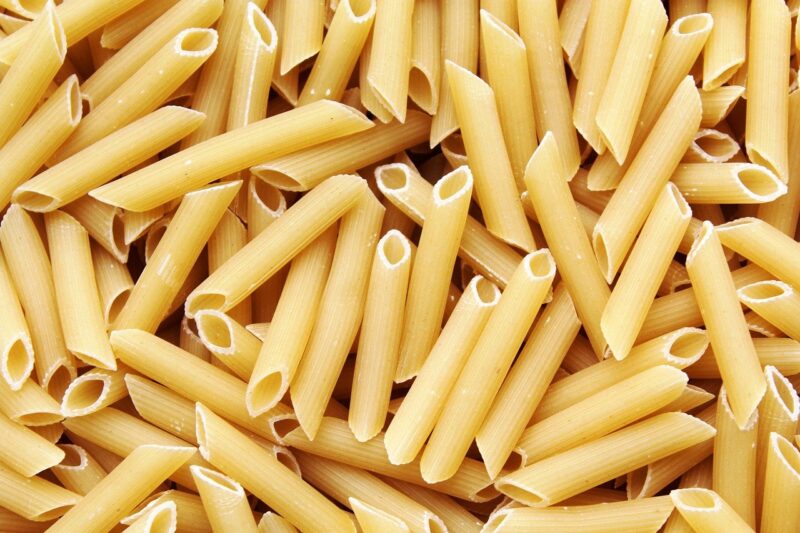
Making authentic Italian pasta from scratch is an art that has been perfected over centuries. The process not only yields delicious results but also allows for a personal touch and creativity. Whether you are a novice in the kitchen or a seasoned chef, this guide will take you through the steps to create perfect pasta from scratch, embracing traditions of Italian cuisine and enhancing your culinary skills.
1. The Essence of Authentic Pasta
Authentic Italian pasta is characterized by its simple ingredients and meticulous preparation methods. Traditionally, pasta is made from only two primary ingredients: flour and eggs. However, there are variations using water instead of eggs, particularly in southern Italy. The type of flour used can also vary; for instance, semolina flour is commonly used for making durum pasta in the south.
Instead of opting for store-bought pasta, making it from scratch gives you control over the texture, shape, and flavor. Fresh pasta cooks differently than dried pasta; it typically requires less cooking time and offers a unique taste and texture that enhances the overall dish.
2. Ingredients You Will Need
To make authentic pasta, gather the following ingredients:
- Flour: 2 cups of all-purpose flour or semolina flour for a richer flavor.
- Eggs: 3 large eggs (room temperature) for a richer dough.
- Salt: 1/2 teaspoon of fine sea salt to enhance flavor.
- Water (optional): 1 tablespoon for adjustments in dough consistency.
Additional tools that will be helpful include a clean working surface, a rolling pin or pasta machine, a sharp knife or pasta cutter, and a fork for mixing the ingredients.
3. Step-by-Step Instructions to Make Pasta
Creating authentic pasta from scratch can be broken down into a few simple steps:
Step 1: Measuring and Mixing the Ingredients
Start by measuring the flour and placing it on a clean work surface or in a large bowl. Create a well in the center of the flour mound, and crack the eggs into the well. Add the salt.
Using a fork, gently beat the eggs and begin to incorporate the flour, starting from the inner rim of the well. Gradually mix in the flour until the mixture becomes too difficult to mix with a fork.
Step 2: Kneading the Dough
Once the mixture is too stiff to mix with a fork, use your hands to bring the dough together. Knead the dough for about 8-10 minutes until it becomes smooth and elastic. If the dough is too dry, add a little water; if it’s too sticky, sprinkle some extra flour.
The kneading process is crucial as it develops gluten, giving the pasta its structure. Wrap the dough in plastic wrap and let it rest for at least 30 minutes at room temperature. This resting period allows the gluten to relax, making the dough easier to roll out.
Step 3: Rolling Out the Dough
After resting, divide the dough into smaller portions (about four pieces). Keep the portions you’re not using covered to prevent them from drying out. Using a rolling pin or a pasta machine, roll out each piece of dough until it reaches the desired thickness. For traditional pasta, a thickness of about 1/16 inch works well.
If using a pasta machine, start with the widest setting and gradually roll the dough thinner, adjusting as you go.
Step 4: Shaping the Pasta
With your rolled-out dough, it’s time to shape it into your preferred pasta type. Here are your options:
- Tagliatelle: Roll the sheet of dough loosely and cut it into strips about 1/4 inch wide.
- Fettuccine: Similar to tagliatelle but slightly wider.
- Pappardelle: Cut into even wider strips, about 1 inch wide.
- Lasagna Sheets: Cut into rectangular sheets for layering with sauce and cheese.
After shaping, lay the pasta out on a floured surface or a pasta drying rack to prevent sticking.
Step 5: Cooking the Pasta
To cook your fresh pasta, bring a large pot of salted water to a boil. Unlike dried pasta, fresh pasta cooks much quicker, usually within 2-4 minutes. Taste a piece to check for doneness.
Once cooked, reserve a bit of the pasta water before draining, allowing you to adjust your sauce’s consistency if needed.
4. Serving Suggestions
Authentic Italian pasta shines with simple, high-quality ingredients. Here are a few serving suggestions:
- Pasta with Tomato Sauce: Toss with fresh tomatoes, garlic, basil, and olive oil for a classic dish.
- Pasta Aglio e Olio: Combine cooked pasta with sautéed garlic, chili flakes, and parsley in olive oil.
- Alfredo Sauce: Creamy parmesan sauce pairs beautifully with fettuccine or tagliatelle.
- Pasta Primavera: Add seasonal veggies for a fresh and colorful dish.
Personal touches are welcomed; feel free to experiment with flavors and styles to create a dish that reflects your taste.
5. Tips for Perfecting Your Pasta
To ensure the best results in your pasta-making journey:
- Use High-Quality Ingredients: The quality of your flour and eggs directly impacts the texture and taste of the pasta.
- Practice Makes Perfect: Don’t be discouraged if it doesn’t come out perfectly the first time. Keep experimenting!
- Serve Fresh: Fresh pasta should be served soon after cooking. However, it can also be frozen for later use.
Conclusion
Mastering the art of making authentic Italian pasta from scratch is a delightful skill that elevates your cooking game. With just flour, eggs, and a bit of commitment, you can enjoy delicious homemade pasta that outshines anything store-bought. Embrace the process, share meals with loved ones, and transport your palate straight to Italy with each bite.
Dive into this culinary adventure, and you might just find it becomes a cherished tradition in your kitchen for years to come.






